A Watershed Moment In Women's Jazz: "You reached for the sky and were able to touch it”
Val Wilmer
Friday, March 6, 2020
In May 1982, London’s Drill Hall arts centre hosted a unique music festival. Early Evening Jazz ran for 10 nights and spotlighted Britain’s women instrumentalists and singers. It raised spirits in the community and broke down age-old misconceptions. Val Wilmer celebrates the event and the pioneering personalities behind it
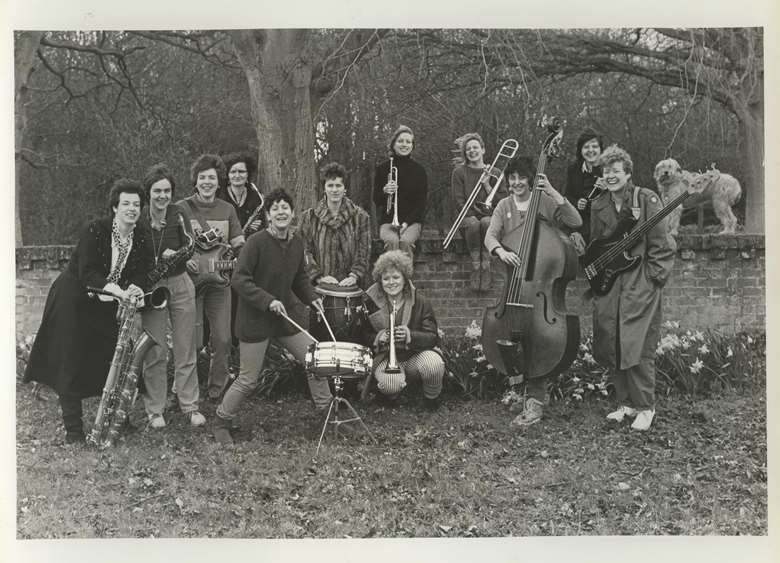
Julie Parker was frantic. At the Drill Hall in Chenies Street, in London’s West End, she ran an arts centre famous for experimental theatre and outlandish Christmas pantomimes with drag. Now a show planned for May 1982 had cancelled, leaving a gap in the schedules. One visitor suggested, why not put on a women’s jazz festival? Parker stopped in her tracks. She asked, can you fix it? No, I told her, but I know a woman who can.
The Drill Hall, originally headquarters of the volunteer Bloomsbury Rifles, dated back to the 1880s and had quite a history. Diaghilev’s Ballets Russes rehearsed there in the early 1900s and, in modern times, it was at the forefront of adventurous, gay and women’s theatre. Still, Parker was uncertain of the commercial appeal of the new proposition and dubbed the venture Early Evening Jazz.
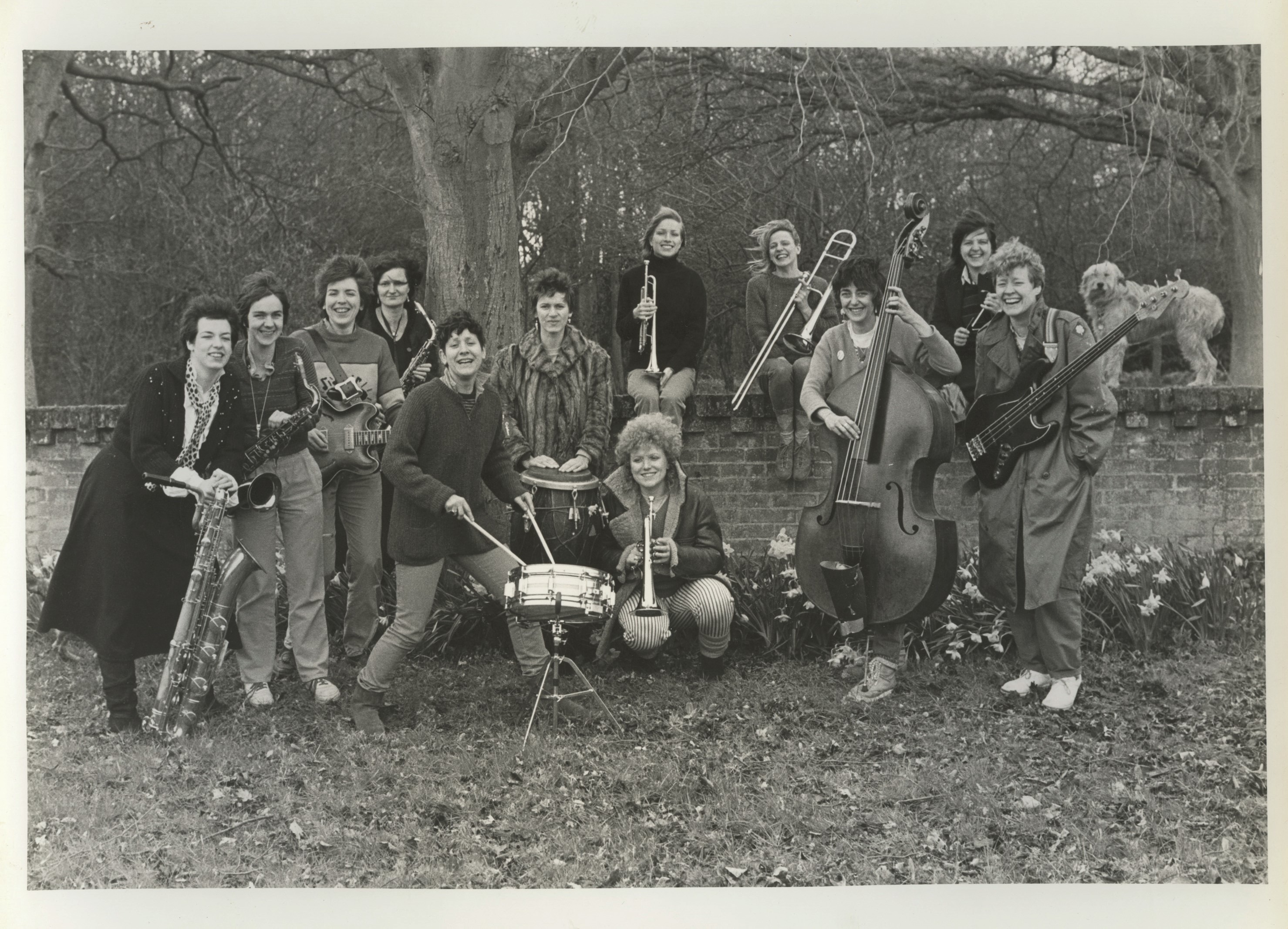
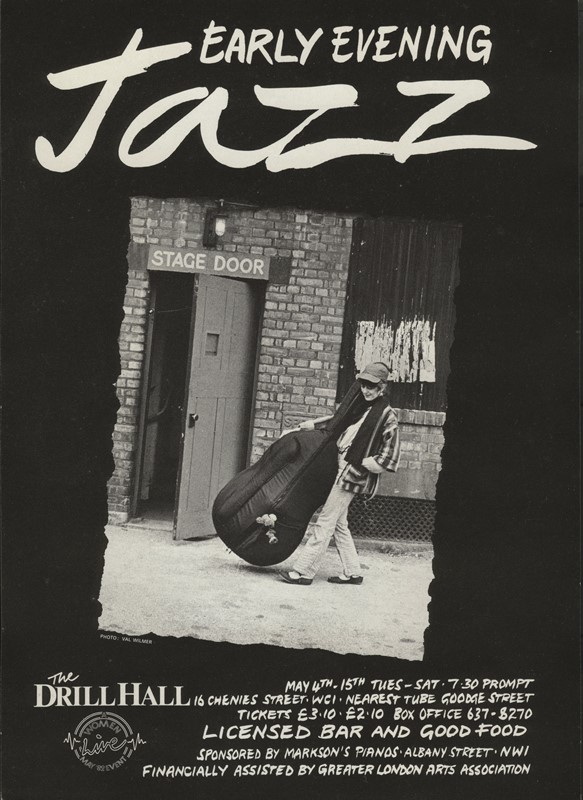
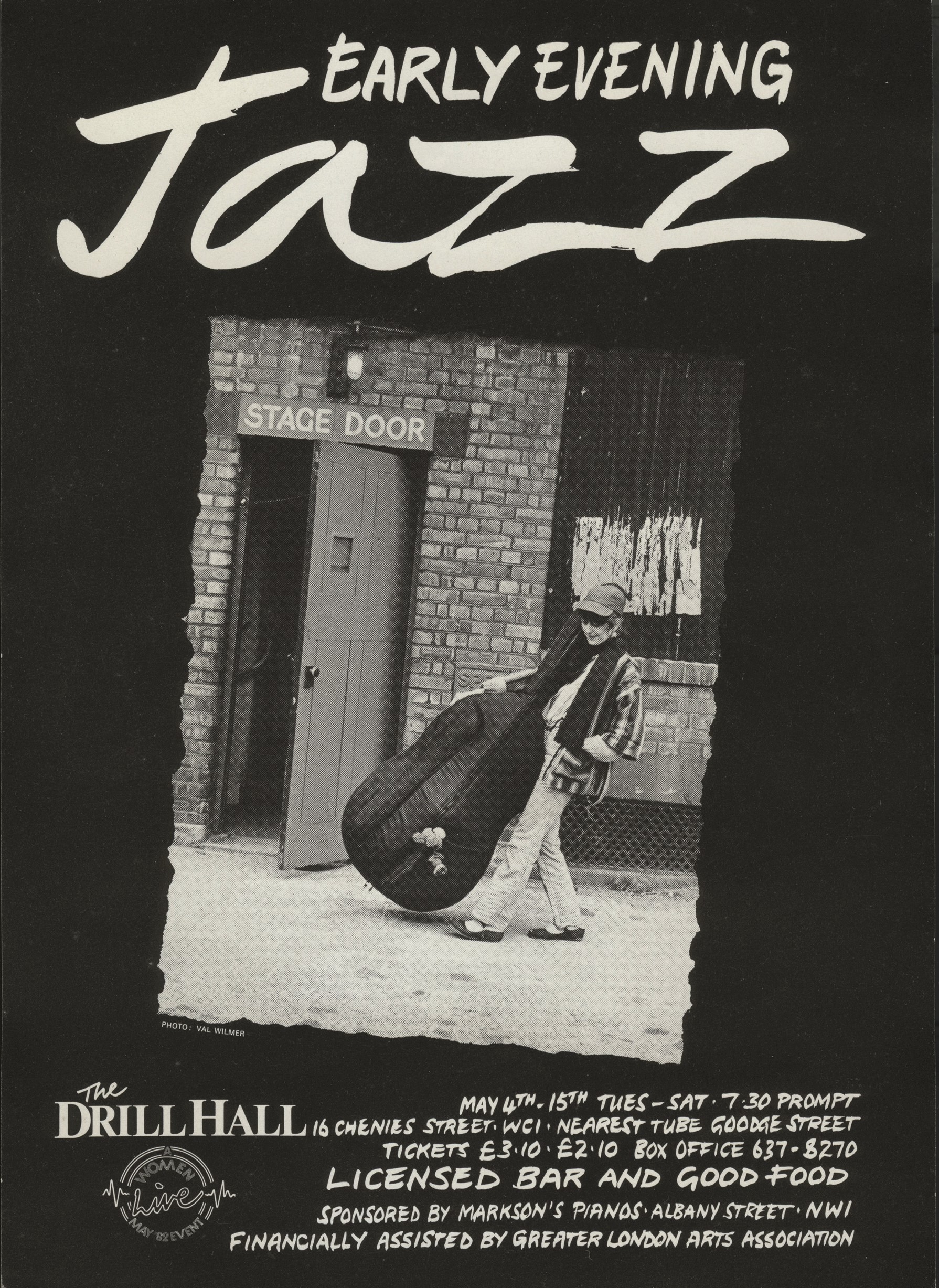 The festival steering committee was headed by pianist/singer Laka Daisical and saxophonist Ruthie Smith (pictured below). They were veterans of a healthy scene merging jazz and funk with West African and South African rhythms, and I’d got to know them with the Guest Stars and big bands, Sisterhood of Spit and Lydia D’Ustebyn. With a shared background in Soulyard and after-hour sessions at Ratso’s in Finsbury Park with the likes of Harry Beckett, Brian Abrahams and Harry Miller, they were resourceful and connected. They immediately saw the significance of what was proposed, even if acting blasé at the time. This response was symptomatic: Second Wave Feminism had energised women to the point where anything seemed possible. After years of being told, ‘No, you can’t’, women were engaging in every activity from stock-jobbing to brick-laying and refusing to take ‘no’ for an answer. Suddenly, doors opened. Said Laka, “You reached for the sky, and, surprisingly, were able to touch it.”
The festival steering committee was headed by pianist/singer Laka Daisical and saxophonist Ruthie Smith (pictured below). They were veterans of a healthy scene merging jazz and funk with West African and South African rhythms, and I’d got to know them with the Guest Stars and big bands, Sisterhood of Spit and Lydia D’Ustebyn. With a shared background in Soulyard and after-hour sessions at Ratso’s in Finsbury Park with the likes of Harry Beckett, Brian Abrahams and Harry Miller, they were resourceful and connected. They immediately saw the significance of what was proposed, even if acting blasé at the time. This response was symptomatic: Second Wave Feminism had energised women to the point where anything seemed possible. After years of being told, ‘No, you can’t’, women were engaging in every activity from stock-jobbing to brick-laying and refusing to take ‘no’ for an answer. Suddenly, doors opened. Said Laka, “You reached for the sky, and, surprisingly, were able to touch it.”
They met at Shaftesbury Road off Crouch Hill, joined by bandmates Deirdre Cartwright and Alison Rayner, and the mellifluous Jan Ponsford, one of the hippest singers around. There were six weeks only to plan but, where they might once have struggled to find sufficient numbers for a concert, now they were overwhelmed with candidates. Imaginative women, who’d discovered jazz, were emerging.
Ruthie was probably the first of her cohort to get into the music. Friendship with trumpeter Jim Dvorák led her into Brian Abrahams’ District Six, and in bebop she discovered the ultimate freedom. “After playing in structured bands with strict musical standards, this was an awakening,” she said. “You discovered your soul playing to uncharted frontiers, because there was no-one to catch you.” Other women players arrived, and, although their ease with the genre varied, what became clear was just how many wanted to play this music. Elsewhere, veteran saxophonist Kathy Stobart’s City Lit classes became essential, and she, a role model for everyone.
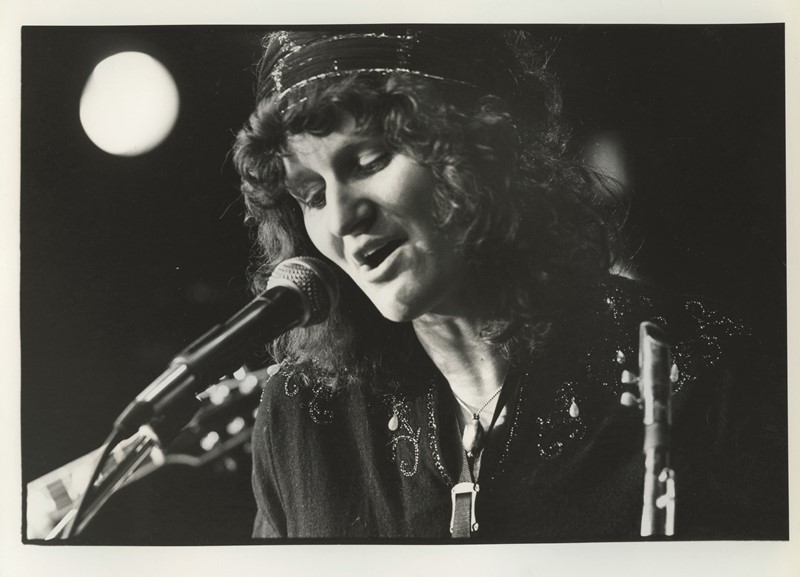
Now the building that once rang with the sergeant-major’s commands filled nightly with stomping, swinging and thoughtful jazz of every nature. From Stobart and Maggie Nicols to youngsters such as Jayne Shorter and Louise Elliott, and from Gail Thompson and Annie Whitehead to Julie Tippetts and the Hipscats, the combinations were inventive and varied. Pianist Irène Schweizer flew in from Switzerland for a duo with reedswoman Lindsay Cooper, adding an international dimension. “That was phenomenal,” said Laka. “We didn’t know European musicians, but now we were part of the culture.” And if the Drill Hall anticipated their usual audience for women’s events, they were wrong. Hardened jazzers turned up – Brian Blain, Charles Fox, John Fordham and Graham Lock attended nightly John Fordham and Graham Lock attended nightly – while mainstream listeners who came to see Stobart and singer Norma Winstone ended up listening to a support group more accustomed to playing community bops. The Daily Telegraph’s critic was bowled over by the sheer freshness, acknowledging the breadth of talent in this heady mix of big bands, bebop and free improv – with a touch of ska. Said Laka, “I can remember being scared stiff that nobody would come, but it was full every night.”
Early Evening Jazz was a watershed, its participants inspired by working with each other. “Above all,” said Laka, “we knew we belonged – in a culture of being heard and being seen.” New women instrumentalists appeared in the wake of the festival. Some flourished and prospered, others drifted away. And then, as Cartwright observed, this tremendous progress came to a halt. The irony was that, as jazz became more accessible and, therefore, less of a mystery, so for women its popularity diminished. To enter the world of John Coltrane became less of a goal. Today’s counterparts are more likely to think in terms of creating an ‘act’, perhaps identifying less with something that, for Ruthie Smith, “helps you discover your soul” – or with the ambitions of the Shaftsbury Road pioneers, reaching for the moon and pulling down, at least, some of the stars.